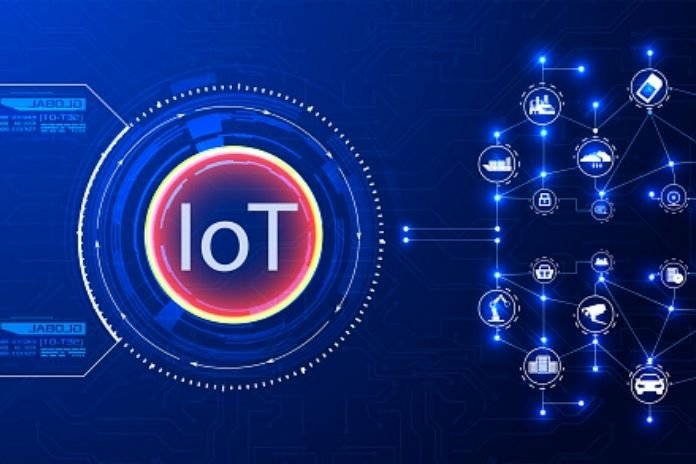The Future Of IoT: Understand What It Is, Trends & How To Implement It
The future of IoT: Considered one of the technologies with the most significant potential for transformation in the corporate world. Along with Artificial Intelligence – the Internet of Things breaks barriers and even helps save lives.
Despite being a trend, it is not difficult to find those who imagine the IoT as a merely ‘future’ technology. Contrary to what many think, however, solutions bases on this concept, which elevates the definition of connectivity to other levels, has application in the most diverse branches of the market and industry.
Closely linked to automation, IoT is already present in agribusiness, health, education, retail, and even offices – and the possibilities do not stop there. So how about knowing how more connected and intelligent devices can help your business too?
After All, What Is The Future Of IoT?
The IoT understands as a network of devices capable of communicating autonomously and once connected. Therefore, these devices work similarly to our nervous system. As a giant tangle of neurons, making synapses and generating information.
In this sense, technology is a kind of extension of the web that connects machines and other items. The way this connection involves using sensors and different communication protocols, almost always wireless.
In practice, the Internet of Things allows different devices in an organization to collect and exchange data without the need for human interference. All the machinery can work together with this, which adds efficiency and agility to operations.
In recent years, mainly due to digital transformation, the adoption of the Internet of Things has been increasing exponentially. In many cases today, the routine of people and companies will surround and often base on this extensive network.
As the market and corporations prioritize connectivity, IoT becomes more present and necessary. This, therefore, is a revolution to connect more specific sectors, such as health and education, to common areas in everyone’s routine, such as retail.
When Did Technology Emerge?
The IoT emerged in 1999 with the term proposed by Kevin Ashton – a British researcher at the Massachusetts Institute of Technology (MIT).
According to Kevin, the idea will suggest in a business presentation for P&G ( Protect & Gamble ). The proposal was for the company to start developing its products electronically and, in this way, optimizing production.
Given this, the name of the project demonstration was the Internet of Things. At the time, Kevin attributed the meaning of IoT to two distinct networks that connect, with the meeting point being a device.
In this way, ‘things’ (electronics, machines, and other devices) would interconnect. According to him, this would make computers more independent and collaborative. Even before the emergence of technology, the market was already projecting a change in people’s behavior about electronic devices.
After all, the routine was becoming more and more hectic. Thus, in addition to optimizing everyone’s lives, the IoT would act by capturing data and gaining precision in creating products and tools. Consequently, companies that adopted the Internet of Things were also able to reduce the consumption of specific resources, mainly energy and natural ones, thus reducing some costs.
Here, it is also important to point out that much of this is because the IoT works closely with data analysis, which allows us to perceive and predict trends, identify hidden problems and find more efficient alternatives for operations.
What Is The Future Of IoT For?
The the future of IoT made the world more intelligent, more responsive, and connected. These characteristics make corporations more productive and innovative and allow them to adapt quickly to changes in the world.
Nowadays, all you need to do is look around to see the Internet of Things. Connection sensors on devices, cloud computing solutions, automation, and data analysis, in many cases, rely heavily on a framework designed for this technology.
In other words, the the future of IoT is a resource capable of generating more value in the daily life of different types of businesses – as well as the entire population – directly and indirectly.
In this way, it is possible to say that the IoT serves mainly to:
- Provide real-time information;
- Identify and predict trends;
- Promote practicality for businesses and customers;
- Increase productivity;
- Save resources.
Nowadays, even the rulers alerts to the functionalities and importance of this technology for corporations and, consequently, for the economy.
Also Read: How Blockchain Can Help With IoT Security
Share this content:











Post Comment